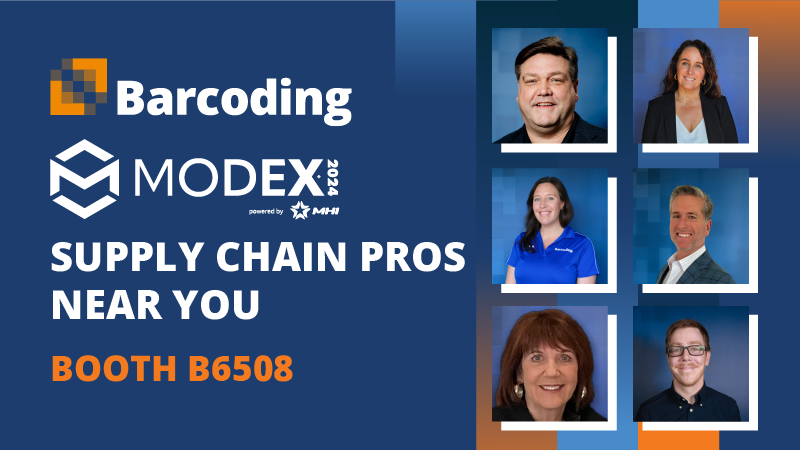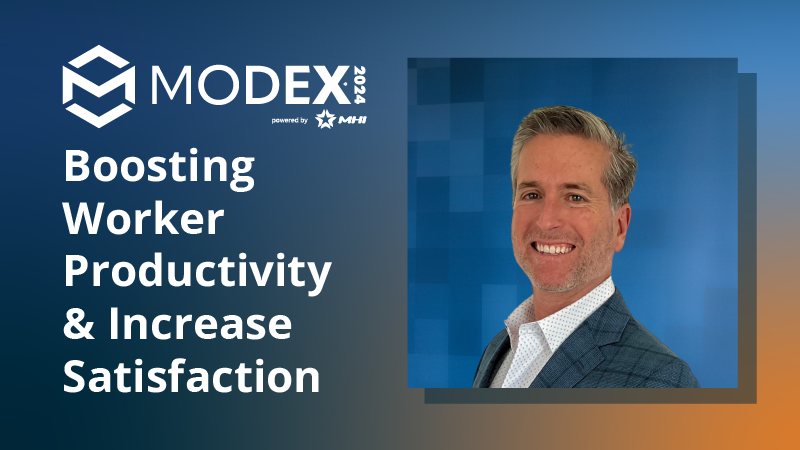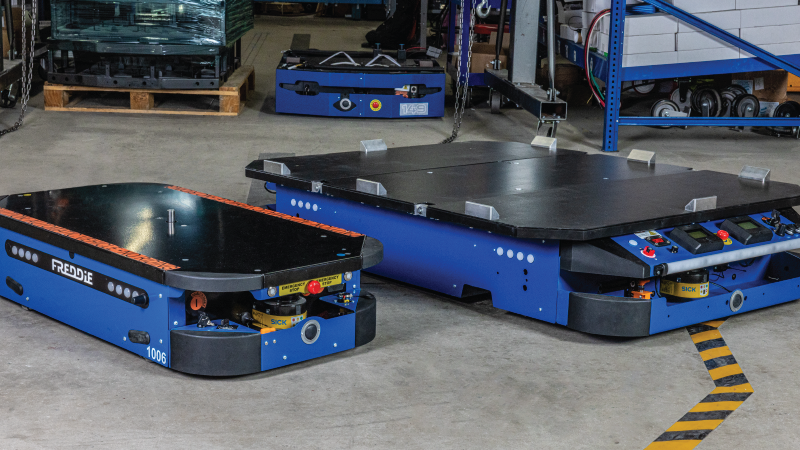With the Workforce Mobility Revolution well underway, the landscape is no longer static. Devices, operating systems and configurations are constantly changing. So are employee expectations. They want devices that are intuitive and can continue to support them as workflows change. These factors combine to create a big challenge for large organizations: Whether it’s to select and then customize consumer-oriented devices or go with purpose-built enterprise devices.
It’s clear that setting in motion your opportunities for greater productivity, efficiency and value will need careful consideration. So how can you be sure you’re picking the best possible devices while maximizing your long-term mobile technology investment? Wouldn’t it be nice to have real numbers to review before purchasing? The good news is that new tools have emerged to do just that—giving you a way to analyze total cost of ownership (TCO) and make real-world comparisons in far greater detail than before.
A Real-World Checklist
Two of the world’s foremost analyst firms, VDC and Gartner, have reached a similar conclusion that serve as a useful starting point for the TCO exercise. They agree that the costs of deploying consumer mobile devices that are then customized to suit line of business applications are almost always higher than those purpose-built for enterprise mobility.
VDC data, for example, shows that the total price tag could be at least 51% higher for the consumer device. Yet, even with extensive research confirming such a huge disparity, only about one third of businesses have undertaken TCO analysis for their mobile developments, Krebs estimates. “It has been very difficult to do this well, but that is changing,” he says.
One barrier has been the lack of assessment tools. Another has been the myth that the cost of hardware is the cost. In fact, TCO for any mobile deployment must take into account far more than just device expenditure.
"The more industry-specific the analysis can be, the better. You’re never going to know everything, but the more you know, the better off you will be.” —David Krebs, Executive Vice President for Enterprise Mobility & Connected Devices, VDC
Four Costs to Consider
- Hardware Acquisition
This should include the initial purchase price for devices and peripherals. It should also include lifecycle considerations, such as typical two-year replacements for consumer devices versus four years for enterprise devices.
- Service and Support
Minimizing business disruption if devices fail means keeping the inventory in good working order. These costs depend upon the prices in the service plan for things like warranties covering wear and tear, the speed of repairs or replacements, and maintaining a line of spares.
- Recurring Costs
Often overlooked during initial budget allocations, the costs associated with software licensing, operating system updates and cellular connectivity also need to be factored in. Consumer device upgrades may be compulsory and unexpected.
- Indirect Costs
Device failures, upgrading security settings, or turning off devices to save battery power can result in significant employee downtime, especially when added up over the course of an entire year.
Selecting the right devices
The three primary factors that should drive device selection are:
- The workflow it will support
- The environment in which it will be used
- The applications it will need to run
Introducing a real-world TCO calculator
Using an evaluation tool that covers the complex and granular factors in a mobile deployment will give you the best chance of making a good investment decision. Zebra, in collaboration with mobile VARs and solutions experts, has created a TCO calculator that you can customize to your requirements. Covering multiple industries, use cases and mobility options, our TCO calculator also takes into account indirect costs that may not always be obvious. The results will quantify the TCO premium or cost savings from your selected approach to mobility.
VDC research’s data suggests that the total price tag for a consumer device could be at least 51% more than for rugged
Real-world TCO calculations
Let’s take the example of a TCO assessment completed for a transportation services company. They wanted to evaluate a solution for their Pick Up & Delivery (Proof of Delivery) project, covering 1,200 users.
The company wanted to assess the potential impact of the Zebra MC65 rugged mobile computer. The analysis period for this TCO assessment was four years forward and the expected average device downtime duration was set at four hours. In this use case and across every cost category the Zebra MC65 was the lower cost option. Over the four-year period, the company would pay approximately 117% more by deploying a consumer-grade device.
The Breakdown
Hardware Acquisition
With shorter lifecycles and lower durability, consumer devices need more frequent replacements. This would have led to the purchase of significantly more devices: 2,400 at a cost of $1.61 million. The initial lower cost per unit would be offset by the amount required to meet rugged standards. Consumer devices also needed additional accessories for scanning, power management and protection—all at extra expense.
Recurring Costs
Ongoing costs for cellular connectivity were factored in. Monthly carrier fees for the consumer option were far beyond those for purpose-built enterprise devices. Plus, the company would have had to pay for a voice plan they did not need. The MC65s can leverage a data-only M2M plan, which cuts back significantly on the expenses. Other recurring costs, such as software and licensing, are typically the same for ruggedized and non-ruggedized devices, so they did not form part of the comparison.
Service and Support Costs
The company could have chosen a service contract with the manufacturer or reseller to mitigate unexpected repair costs. Or they could ‘pay’ in downtime and material losses for each failure incident. Establishing and maintaining a spares pool, ensuring batteries would be refreshed every two years, and service contracts or time and materials based repair work completed were also included in the calculation.
Indirect Costs
The potential loss of business and productivity from device failure were the biggest influencers on the size of indirect costs. The second major contributor was potential loss or theft of devices (which can be sizeable if popular consumer models are selected for a mobility project). These TCO calculations provide a rough guide to the cost implications of choosing one device over another. As Zebra’s John Pomerleau, Principal for North America Field Solutions, says, “Businesses have to own their TCO, and feel comfortable with what their TCO proposition tells them.”
Your Success
The success of any mobility project will always be driven by more than just price. But this type of personalized, like-for-like, and comprehensive assessment is an ideal starting point.
You’ve made the decision to invest in mobile technology for your organization because you believe there’s ROI to be achieved. The next step is to ensure you are selecting the right technology for your deployment to maximize that ROI. You can do this by assessing and then minimizing the TCO of your specific mobile deployment and not just a generic scenario.











